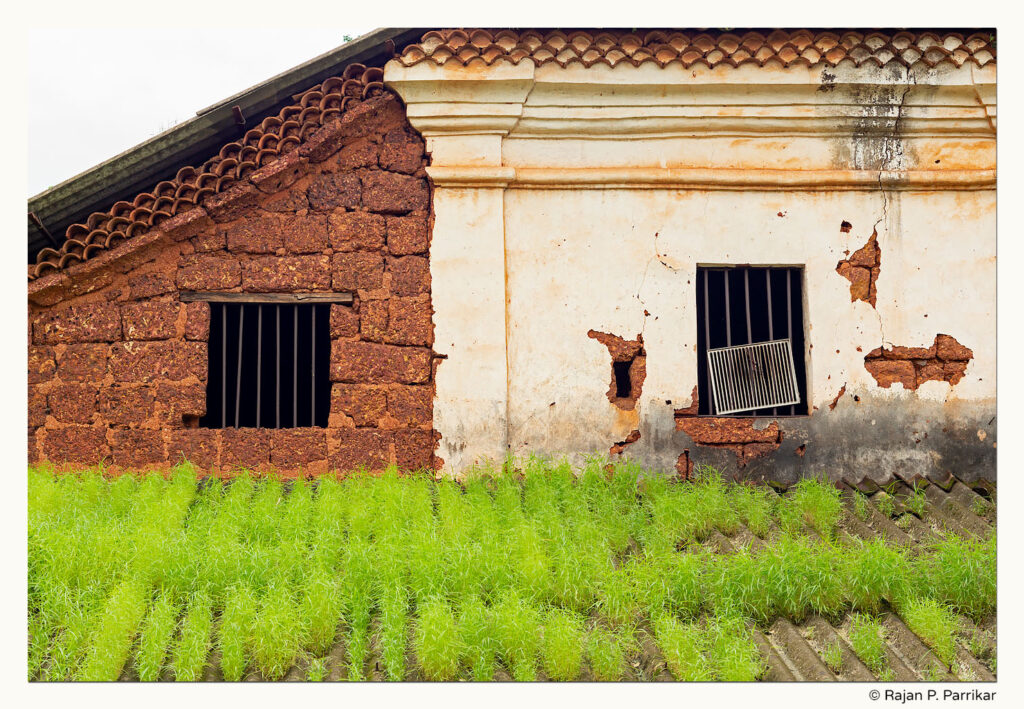
Goan homes stand out for their earthy charm, warmth, and timeless character. One of the main reasons behind this unique look is the widespread use of laterite stone. Locals have used this reddish-brown stone for centuries, and it continues to shape Goa’s architectural identity even today. Its history, benefits, and aesthetic value make it an important building material in both traditional and modern Goan homes. In this article, let’s explore why laterite remains a preferred choice and why architects still rely on it when creating sustainable Goan stays and homes.
A Rich Historical Connection
Laterite stone played a major role in Goa’s architectural evolution. Builders used it in old Portuguese villas, temples, churches, and heritage mansions because it was abundant and easy to shape. Artisans could cut the stone freshly from quarries and mould it into strong blocks using simple tools. As the stone dried, it hardened and formed sturdy walls that lasted for decades. Many iconic structures, including old Goan houses in Fontainhas and heritage sites across the state, still stand strong due to this durable material. This long historical connection has made laterite a trusted foundation for Goan architecture.
Strength and Durability That Last
Laterite stone is naturally strong and capable of withstanding Goa’s heavy monsoons. It resists heat, moisture, and pests, making it ideal for the tropical climate. Builders prefer it because the stone hardens over time, which increases the home’s stability. Many traditional Goan houses have survived for over a century without major structural damage. This natural durability reduces maintenance costs as well. Homeowners do not have to worry about frequent repairs, which makes laterite a smart, long-lasting building material.
A Cooling Effect Perfect for Goa’s Climate
Another major reason Goan homes use laterite stone is its thermal performance. Laterite walls keep indoor spaces cool even during Goa’s hot summers. The stone absorbs heat slowly and releases it gently, which helps maintain a comfortable temperature indoors. This reduces the need for air-conditioning and supports energy-efficient living. Many eco-conscious architects in Goa now combine laterite with sustainable design techniques to create homes that stay naturally cool all year. This makes laterite a key material for climate-friendly construction.
Cost-Effective and Locally Accessible
Laterite stone is available throughout Goa, especially in the northern belt. This local availability reduces transportation costs and makes construction more affordable. For generations, laterite has been a budget-friendly option for homeowners and builders. Its easy accessibility also supports local workers and quarry operators. Using this stone strengthens local economies and encourages homegrown building practices. In today’s real estate market, where sustainable and cost-effective choices matter, laterite continues to be a practical option for Goan homes and villa stays.
Eco-Friendly and Sustainable
Laterite has minimal environmental impact compared to other modern construction materials. It requires very little processing and does not release harmful chemicals. This makes it a sustainable choice for builders who want to reduce carbon footprints. Many new eco-stays, homestays, and boutique villas in Goa are now combining laterite with natural materials like wood, clay tiles, and lime plaster for an eco-friendly finish. This shift highlights laterite’s growing relevance in the sustainable architecture sector of Goa.
Aesthetic Appeal That Defines Goan Architecture
Laterite stone gives Goan homes their signature rustic appeal. Its warm red tones, textured surface, and natural patterns add charm and authenticity. Whether it is used for compound walls, façade features, pillars, or entire structures, laterite brings character to any space. Homeowners love it because it looks elegant and stands out beautifully against Goa’s lush greenery. Modern architects also use laterite creatively in resorts, cafes, and luxury villas to capture Goa’s heritage while keeping the design contemporary. This unique aesthetic has made laterite an iconic element in coastal architecture.
A Material That Connects Goans to Their Roots
Laterite stone is more than just a building material. It is a part of Goa’s cultural identity. Every Goan household, whether traditional or modern, feels a sense of familiarity with its earthy texture. It reminds residents of old family homes, ancestral memories, and the state’s architectural heritage. This emotional connection further strengthens its value in local construction.


